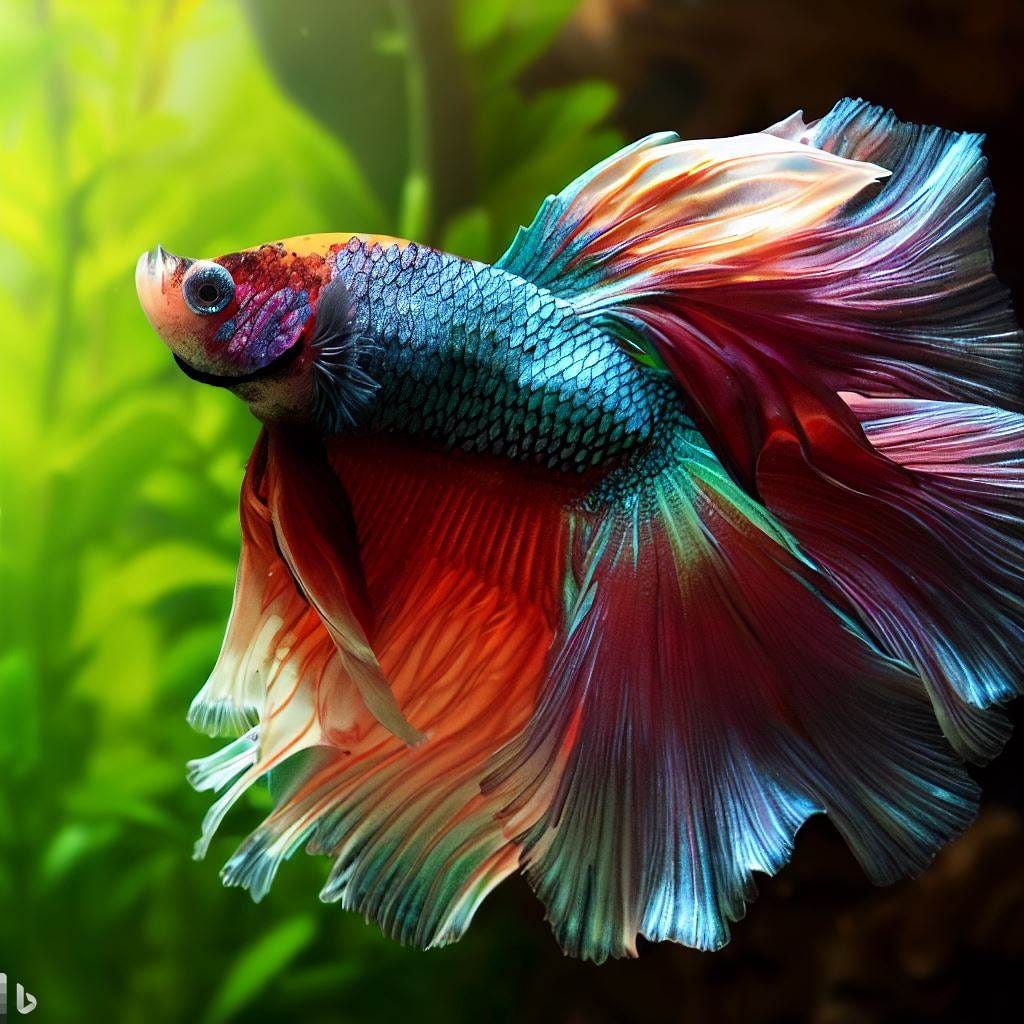Betta Fish Care: Essential Tips for a Healthy and Pleased Family Pet
How to Reproduce Betta Fish Efficiently: Specialist Strategies and Insights for Hobbyists Seeking To Expand Their Betta Collection
Reproducing Betta fish requires a nuanced understanding of genetics and ecological problems, making it necessary for enthusiasts to come close to the procedure with both diligence and treatment. Developing an optimal reproduction atmosphere, picking the right pairs, and observing the ins and outs of their courtship actions are foundational steps that can dramatically influence the outcome.
Comprehending Betta Fish Genes
Understanding the genes of Betta fish is important for successful breeding, as it affects traits such as shade, fin form, and actions. Betta fish display a diverse array of shades and patterns, mainly determined by their genetic makeup.
Along with coloration, fin morphology is one more considerable element of Betta genetics (betta fish). The shape and size of fins are affected by various genes, including those that figure out whether the fins are brief, long, or veil-shaped. Understanding these genetic variations helps dog breeders predict the phenotypic end results of their offspring
In addition, behavioral traits such as aggressiveness and territoriality can additionally be affected by genetics. These actions play an essential duty in the breeding procedure, as they can influence spawning success and the total temperament of the resulting fry. By adequately recognizing these genetic concepts, breeders can make informed choices, eventually enhancing their reproduction programs and accomplishing desirable outcomes.
Preparing the Reproduction Atmosphere
Developing an optimal reproduction environment is vital for the successful recreation of Betta fish. The first action in preparing this environment is to choose an ideal breeding storage tank, preferably varying from 5 to 10 gallons.
Next, take into consideration making use of a sponge filter or an air stone to give mild water circulation without creating solid currents that can stress the fish. It is vital to set up plants or reproducing cones to provide hiding areas and advertise convenience for the female during the spawning process. Floating plants, such as Java moss or water sprite, can likewise produce an extra natural surroundings while assisting in bubble nest structure by the man.
Prior to presenting the reproducing sets, ensure the water is conditioned and without dangerous chemicals, such as chlorine or heavy metals. betta fish. Regular water adjustments need to be conducted to maintain optimal water quality, enhancing the chances of successful breeding. With these preparations in location, the reproducing atmosphere will support the health and well-being of both Betta fish
Selecting Breeding Pairs
Choosing the right reproduction pairs is crucial for attaining successful Betta fish reproduction. Healthy and balanced Betta fish exhibit vibrant shades, clear eyes, and active actions.
Character is another vital factor to consider, as Betta fish are known for their aggressive nature. It is suggested to choose a male and woman that exhibit suitable temperaments to decrease anxiety throughout the breeding procedure. A calm man can encourage a smoother courtship, while a female that is as well hostile may interfere with the process.
Hereditary background additionally plays a considerable duty in the high quality of the spawn. Breeding fish that are genetically diverse can lower the risk of genetic health problems and boost the overall vitality of the fry. It is useful to investigate the family tree of both the male and woman, focusing on desirable attributes such as fin kind, color scheme, and dimension.
The Breeding Refine
The reproduction process of Betta fish needs mindful planning and interest to information to make certain a successful end result. It is essential to prepare a suitable breeding storage tank, preferably a 5-10 gallon fish tank with a temperature preserved at 78-80 ° F. The storage tank must be outfitted with a heating unit, filter (preferably sponge kind to stay clear of strong currents), and a lot of aquatic plants for the lady published here to hide.
When the setting is set, introduce the chosen breeding pair to the storage tank, go to this website enabling them to adjust. Observe their habits; the male will show sophisticated courtship routines, consisting of flaring his fins and constructing a bubble nest. If the lady reveals passion, she will certainly present upright red stripes suggesting readiness for spawning.
When the woman is responsive, the set will certainly involve in a breeding accept, during which the male fertilizes the eggs. It is important to monitor their interactions closely, as the male might come to be hostile. After spawning, remove the female to protect against potential injury. The man will tend to the eggs, which usually hatch within 24-36 hours. Maintaining optimum water problems during this period is important for the development of healthy and balanced Betta fry.
Taking Care Of Betta Fry

Feeding Betta fry is important, as they call for a diet high in protein. They can be fed infusoria or fluid fry food, transitioning to finely crushed top notch pellets as they expand. Feed small portions several times a day to motivate healthy and balanced development without overwhelming the tank with uneaten food.

As they grow, monitor their development carefully and separate any kind of aggressive people to stop harm. By giving a nurturing environment and correct nutrition, enthusiasts can effectively elevate Betta fry right into dynamic, healthy and balanced fish, ultimately boosting their breeding undertakings.
Conclusion
Effective Betta fish reproduction requires precise interest to genetic selection, environmental conditions, and treatment for the fry. By comprehending the genes of Betta fish and preparing an appropriate breeding environment, hobbyists can improve the possibilities of creating lively, healthy and balanced spawn.